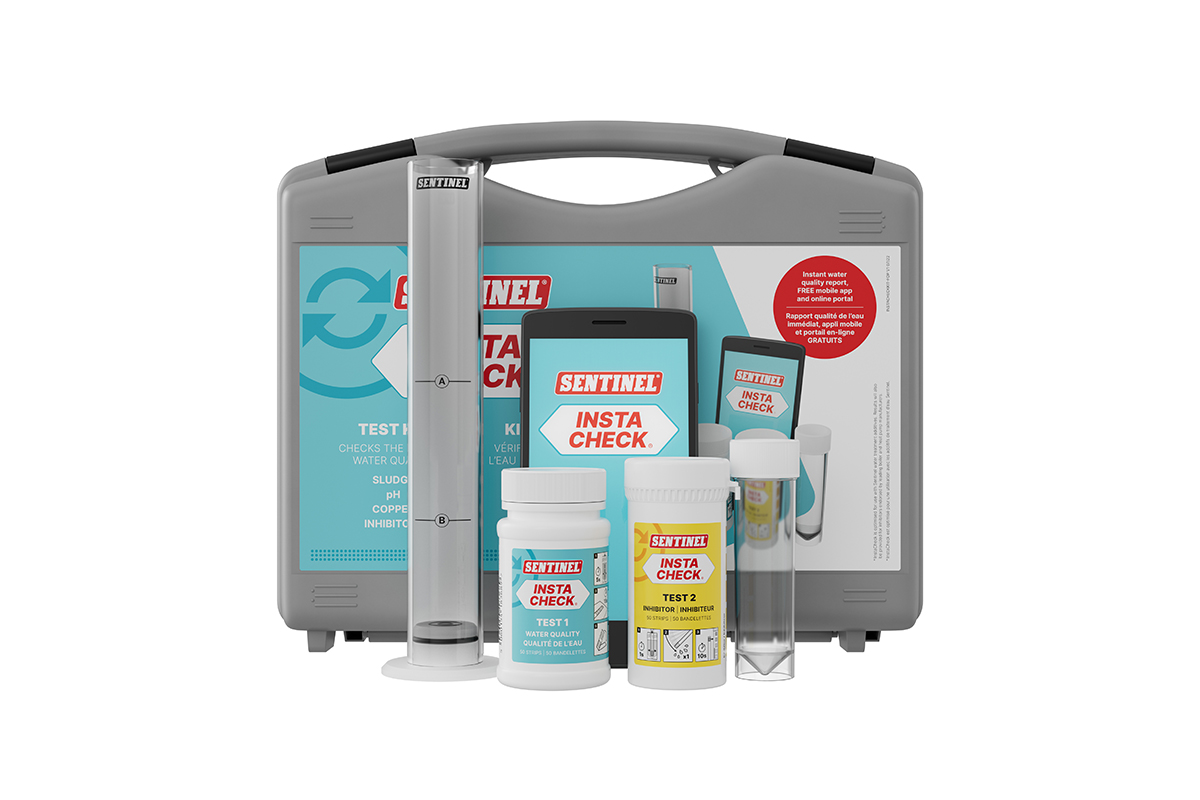
Liam Kelly, Sentinel Marketing, takes a look through the recent changes to Part L to see what they mean when it comes to water treatment.
As we get into this year’s heating season, it is always pertinent to review what is going on throughout the industry. Has anything changed and are there any changes that I need to be aware of?
For this year, there are. The good news is, you are probably already aware of the incorporation of BS 7593 into Part L. The better news is that you were probably already doing the things that are now mandated anyway, as the changes represent a formalisation of best practice. So much so, the additional document is referred to an ‘uplift’, which is defined as something that ‘raises standards’ – something we can all get on-board with.
During June the changes came into force. A main change concerns the status of BS 7593, which is the ‘Code of practice for the preparation, commissioning and maintenance of domestic central heating and cooling water systems’.
We’ll revisit these later, but the main changes are around:
- Magnetic filter installation
- Water quality and inhibitor checks
- Inhibitor top-up
- Low-temperature system protection
The changes
Two Building Regulations updates (which apply to England), were published and these are split across domestic and commercial properties. It is important to note that the other UK nations are expected to follow the guidance and publish their own versions in due course.
On a domestic level, there has been some development and therefore implication for our industry. The main points around this are:
- The Compliance Guide will be scrapped and minimum performance aspects will be moved into Approved Documents
- Industry will be left to provide additional guidance
- Government will be adding BS7593 to the Approved Document
The details
BS7593, as a standalone document, does remain as an advisory action; it is a ‘code of practice’, to give the official title of the document.
However, the integration of BS7593 into Part L effectively upgrades the status of BS7593, from an advisory action to a mandatory one.
Let’s examine the changes in more detail…
- Installation of in-line filters to protect system components
A filter to protect system components now needs to be fitted when a new heating appliance is installed, complementing a clean and flush using additives. Sentinel filters like the Vortex250, Vortex300 or Vortex500 can be used – and a filter for every installation and job type is available.
- Annual checks for concentration of inhibitor and water cleanliness
Keep on top of inhibitor levels. The presence of inhibitor to protect systems should be checked each year. Sentinel offers simple and easy tests like the X100 Quick Test, which allows confirmation of inhibitor presence within minutes, as well as immediate lab-style testing with Sentinel InstaCheck, to help you comply with water quality parameters as well as inhibitor testing.
- Inhibitor to be redosed at 5 years OR lab test to confirm levels
Whilst our X100 will give lifetime protection, a system should be cleaned, fully drained and refreshed every five years, adding new inhibitor. Alternatively, you can send a sample for a lab test to confirm the system is in good working order.
- Biocidal and frost protection should be used where applicable
Across low temperature installations, fungal growth is to be kept at bay using a biocide and for systems liable to freezing, an inhibited antifreeze, needs to be used.
X700 Biocide from Sentinel prevents the development of bacteria and fungi and their associated problems, such as blockages, unpleasant smells, and corrosion within the system, as well as being entirely compatible with X100 Inhibitor.
X500 Inhibited Antifreeze protects all system metals against corrosion using the same blend of inhibitors as Sentinel X100 Inhibitor and has the added benefit of protecting system water against freezing when temperatures are low. Dosage rate can be amended to suit, depending on the frost protection required.












